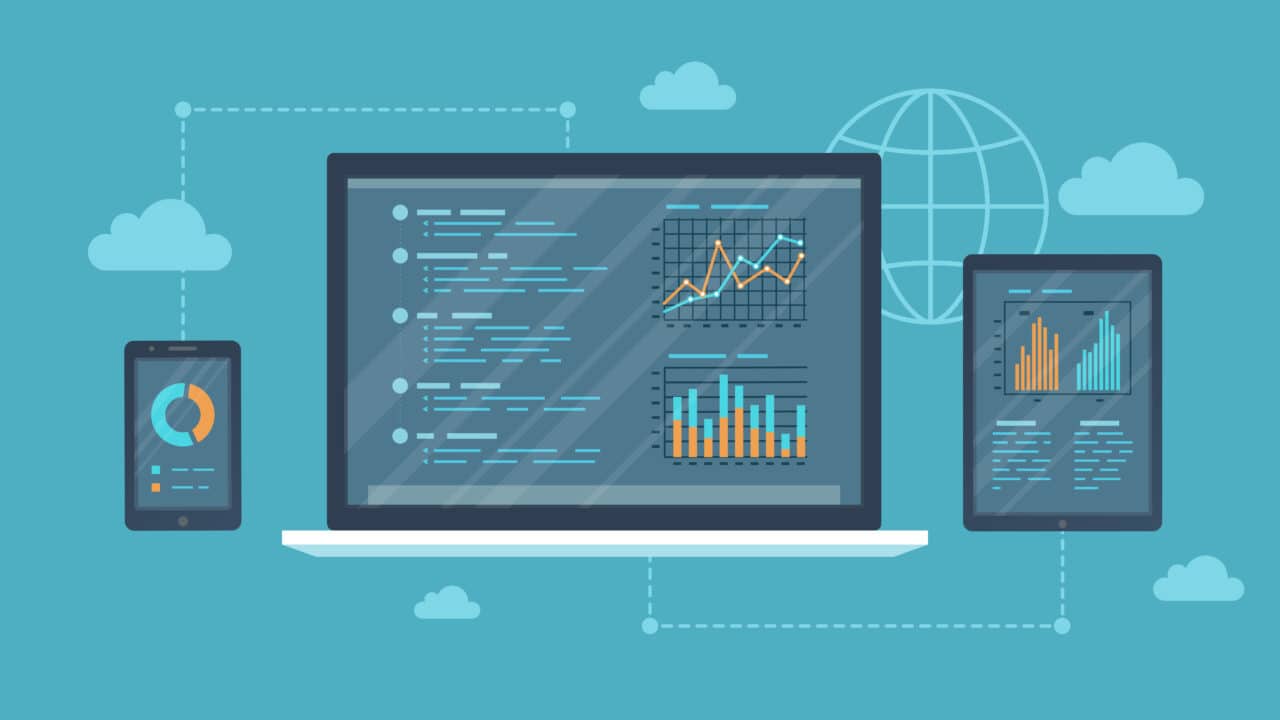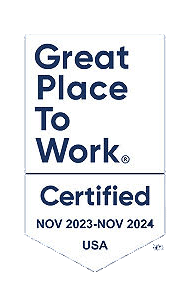
Recently there has been a growing number of organizations migrating to Sage Intacct from Sage 100. Sage Intacct is the leading provider of cloud financial applications (Sageintacct.com) and the only financial management solution preferred by the American Institute of Certified Public Accountants (AICPA). Its countless features include a multi-tenant cloud and a Saas environment to facilitate quarterly software upgrades, seamless integration options with other best-in-class applications, and dimensionalized financial reporting that can help your business grow. Below are the top four reasons organizations are choosing to move to Sage Intacct:
Deployment and Upgrades
Sage 100 (and Sage 100cloud) are on premise solutions that require the customer to host them on their own server or put them in a Cloud environment, such as CompuData’s private Cloud environment. Each Sage 100 installation is a separate and distinct environment requiring specific login credentials. In contrast, Sage Intacct is a Saas environment with a multi-tenant cloud allowing users to access their Sage Intacct instance via web browser and Internet connection with no software component to maintain or download to desktops.
With Sage 100, a customer who is current on maintenance is offered an annual upgrade; however, those updates need to be applied manually by the VAR if your Sage 100 software is customized. Should a client opt out of upgrading, they can face a range of issues in future years. Servers, operating systems, and third-party applications become outdated and are no longer supported by the original vendor. The client is then forced to upgrade more than just their ERP software at increased and oftentimes unexpected expense. With Sage Intacct, quarterly upgrades are included in your subscription. They are automatically applied outside of business hours, eliminating extra cost and downtime. Each upgrade includes exciting new features and functionality many of which are suggestions by customers through the Sage Intacct Community.
Integrations
As organizations grow, they often times look to cloud-based applications to solve business challenges. They find themselves with standalone applications for HR, credit card processing, document management, and more. Many organizations want to continue using their cloud-based applications and can gain value in connecting these “standalone” applications with their ERP solution. Integrating these applications not only ensures data accuracy by eliminating the need to rekey data, but the data can be available in real time. The concept of real-time is lost in a batch processing system like Sage 100, where users enter transactions throughout the day and then post to their General Ledger in daily batches. In contrast, Sage Intacct’s Saas environment continually closes the General Ledger by immediately posting sub-ledger activity such as AP bills and AR invoices to the GL. Each transaction is available for up to the minute availability in reports and dashboards.
When building an integration with Sage 100, it is custom code written using an integration middleware program or a scheduled Visual Integrator job to import/export flat files. The batch processing is typically scheduled for off-hours with data being available the following day.
In contrast, Sage Intacct’s open API and multi-tenant cloud structure allows for seamless integration with a multitude of disparate applications. Sage Intacct’s Marketplace contains best-in-class, certified third party applications that “plug and play” with Sage Intacct’s core financials. In the event you have a custom application, the open APIs offer the following options:
- A one-way integration can be directly mapped to Sage Intacct using open APIs to update data in real-time from your custom application.
- A bi-directional integration offers more flexibility to synchronize data between Sage Intacct and any third-party software package.
- Growing organizations move at a much faster pace than even a few years ago. They often find themselves “building the ship while sailing it” and require accurate, real-time data for thoughtful decision-making and management of financial records.
Reporting
Any Sage 100 customer that has more than one business to run knows that each business requires a separate Sage 100 instance. Financial reports are separate for each company leading to excessive use of Excel to produce consolidated financial statements. Sage Intacct offers financial dashboards that provide visibility into your financial data and the underlying source transactions at your fingertips. Reports show up-to-the-minute financial activity by company or consolidated across companies. Drill into the reports to:
- See consolidated growth and profitability or drill down into an individual or a subset of entities.
- Allow your leaders to pinpoint the most and least, profitable entities or organization products/projects with self-service reports
- See your data “sliced and diced” in real-time dashboards and eliminate Excel spreadsheets
With real-time consolidation, integration with other key software applications, and increased visibility across the entire organization, you have the ability to focus on higher-level strategic issues such as streamlining operations to better compete in today’s market.
Remote Access
The on premise / private cloud nature of Sage 100 dictates that the company or CompuData will need to set up the client for remote access, typically through Remote Desktop Services (RDS) or RDS with advanced features like Citrix, to boost performance, at extra cost and maintenance. However, Sage Intacct’s SaaS environment and multi-tenant cloud is SOC II compliant for secure, remote access, allowing users anywhere, anytime access via browser and Internet with no need for IT infrastructure.
The Sage Group is continually evolving by developing state-of-the-art software for mid-sized businesses through each technological evolution phase. Whether you use Sage software or another legacy accounting and financial management software, you can remove the IT strain from your business by migrating to Sage Intacct.
If you would like to learn more about how migrating to Sage Intacct from Sage 100 can help you level up your business, please email us.


